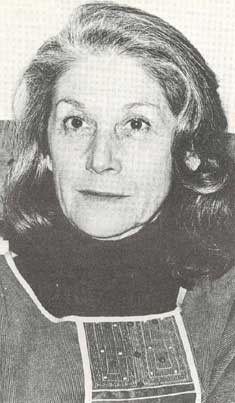SA literature: from liberalism to radicalism
At the same time as the Drum generation was creating the first urban black voice, one of South Africaís most important white writers was beginning her long, distinguished career.
Nadine Gordimer published her first short stories in the early 1950s, and in 1991 she was awarded the Nobel Prize for Literature.
Between those two dates, her many novels and short stories articulated key issues for white South Africans sympathetic to the plight of disenfranchised blacks, as well as providing for the outside world a devastating picture of what it was like to live under apartheid.
In her first published novel
The Lying Days (1953), Gordimer charts the growing political awareness of a young white woman, Helen, towards small-town life and South African racial division.
Her second novel,
A World of Strangers (1958), shows the first fruitful but often frightening encounters between white and black people in the heady days of Sophiatown.
By the time of
The Late Bourgeois World (1966), Gordimer is dealing directly with the effects of the black liberation movement on white South Africans, showing the divided soul of the white liberal in a morally ambivalent situation.
The Conservationist (1974) pits Afrikaner land hunger against the indigenous population in an often phantasmagoric narrative.
Burgerís Daughter (1979) depicts the involvement of radical white activists in the liberation struggle.
Julyís People (1981), perhaps Gordimerís most powerful novel, projects into the future the final collapse of white supremacy and what that might mean for white and black people on an intimate level.
Her other works (and her short stories are regarded as among her finest work) deal with issues such as love across the colour line and, more recently, the emergence of South Africa into a democracy after the release of Nelson Mandela in 1990 - a society still dealing
with a myriad contradictions.
 Nadine Gordimer published her first short stories in the early 1950s; in 1991 she was awarded the Nobel Prize for Literature
Nadine Gordimer published her first short stories in the early 1950s; in 1991 she was awarded the Nobel Prize for Literature


